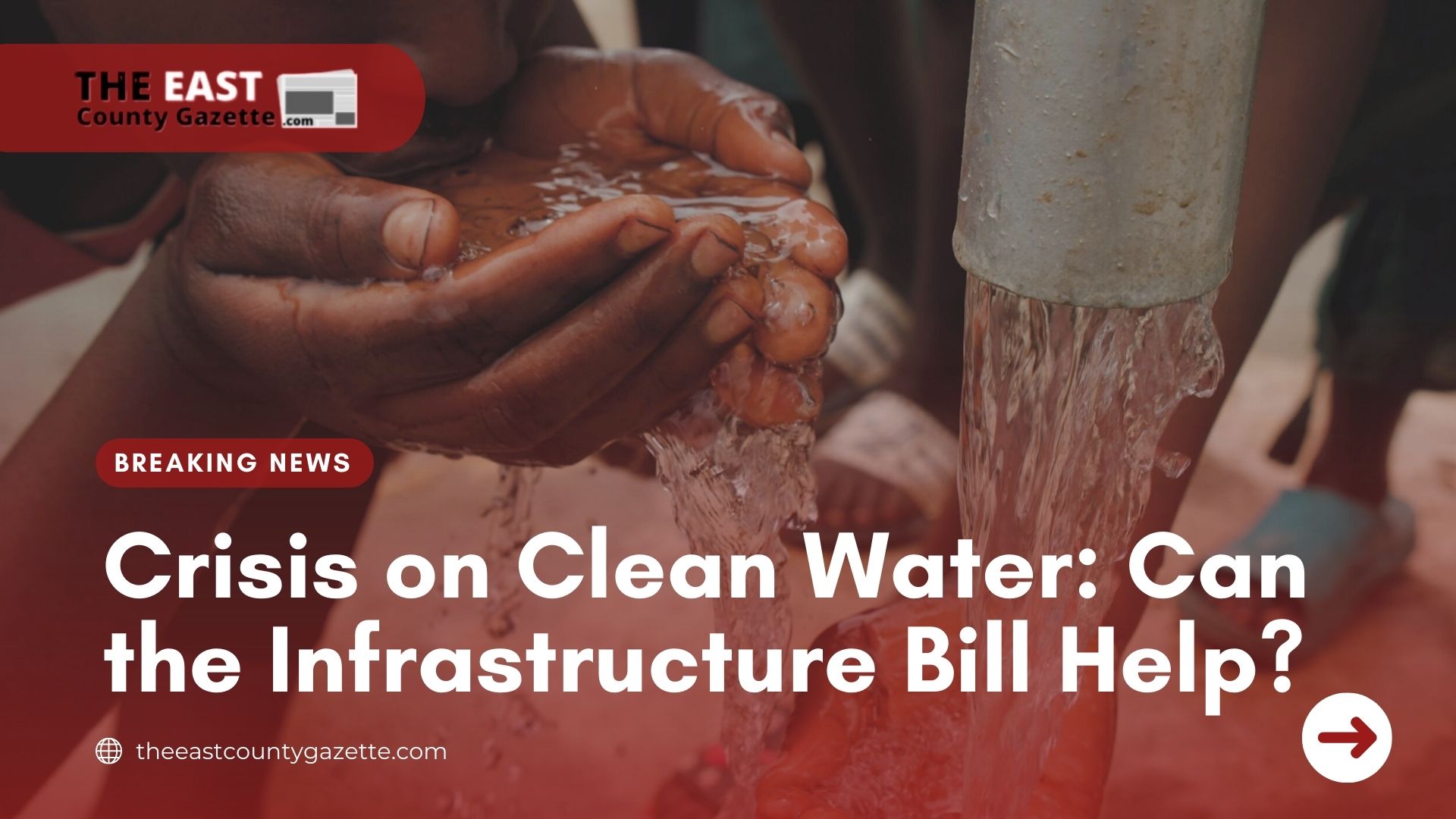Clean Water Crisis : Americans Lack Drinkable Water. Can the Infrastructure Bill Help?
Millions of Americans get their water from lead pipes– but with the water running through these pipes into residents’ taps becoming contaminated, the population has to resort to other methods to obtain clean water, such as buying bottled water which is already an additional expense while still paying for the dirty water running through their pipes.
This could have been alleviated if it were a temporary nuisance, but the water crisis in America has lasted for years now.
The water systems all over the United States are falling apart, many of them 50 to 100 years old. With a new infrastructure bill passed that aims to address these issues, how far is actual progress?
The Senate infrastructure bill will reportedly allocate about $50 billion to overhaul these water systems.
According to Erik Olson of the Natural Resources Defense Council, “there’s $15 billion to help pull out some of the lead pipes in the country. So, the estimates from the Environmental Protection
Agency are, it’s going to cost at least around $45 billion, maybe more than that, to pull out all the lead pipes.
So we’re putting a down payment of around $15 billion. It’ll take care of maybe a third of that problem. So the bill puts $10 billion towards pulling some of those (toxic chemicals) out of our water.”
Recommended Read: Stanford Climate Expert: California Wildfire, Hurricane Ida Linked with Global Warming
However, many lower-income communities, which include many communities of color, will not be able to afford the large costs of new water infrastructure.
In Jackson, Mississippi, Bertram Roberts has dealt with the city’s water issues since she was a college student. She and her community has suffered numerous water main breaks, recurring boil water notices, and constant anxiety about water quality for many of its residents.
According to a report published by Time, in Denmark, South Carolina, local officials added the untested chemical HaloSan to drinking water, with the intention of fighting rust-like deposits but then suspicion arose as residents started experiencing unexplained skin ailments.
Millions of gallons of toxic sludge, arsenic, and mercury, leaked into the water two decades ago in Inez, Kentucky. The effects of this leak are still felt by the resident who now have to deal with liver and kidney damage, as well as increased risk of cancer.
A number of people in the Navajo area, including babies, show traces of uranium in their blood. The reason was traced to the water near a uranium mining plant in the area. Residents say they didn’t know how dangerous it was.
As of now, residents of these low-income communities have been trying alternative means to procure safe, drinkable water. Some volunteers help distribute water in these areas, but it is almost never enough.
Recommended Read: California Wildfires: Californians Deserve Better Protection!
The only way to get out of this water crisis is to fix this water crisis– however, it must be fixed in a way that allows these low-income families and communities to partake in the progress.
In a 2018 study led by UC Irvine water economist Maura Allaire, she found out that “in any given year from 1982 to 2015, somewhere between 9 million and 45 million Americans got their drinking water from a source that was in violation of the Safe Drinking Water Act.”
The problem, it seems, transverses just being able to drink water. It also means having clean water to bathe with, to use for agriculture and livestock, to use for plants.
Water is essential to human life in all aspects, and we can only hope that these new legislations move to address this grueling water crisis before the land dries out.

